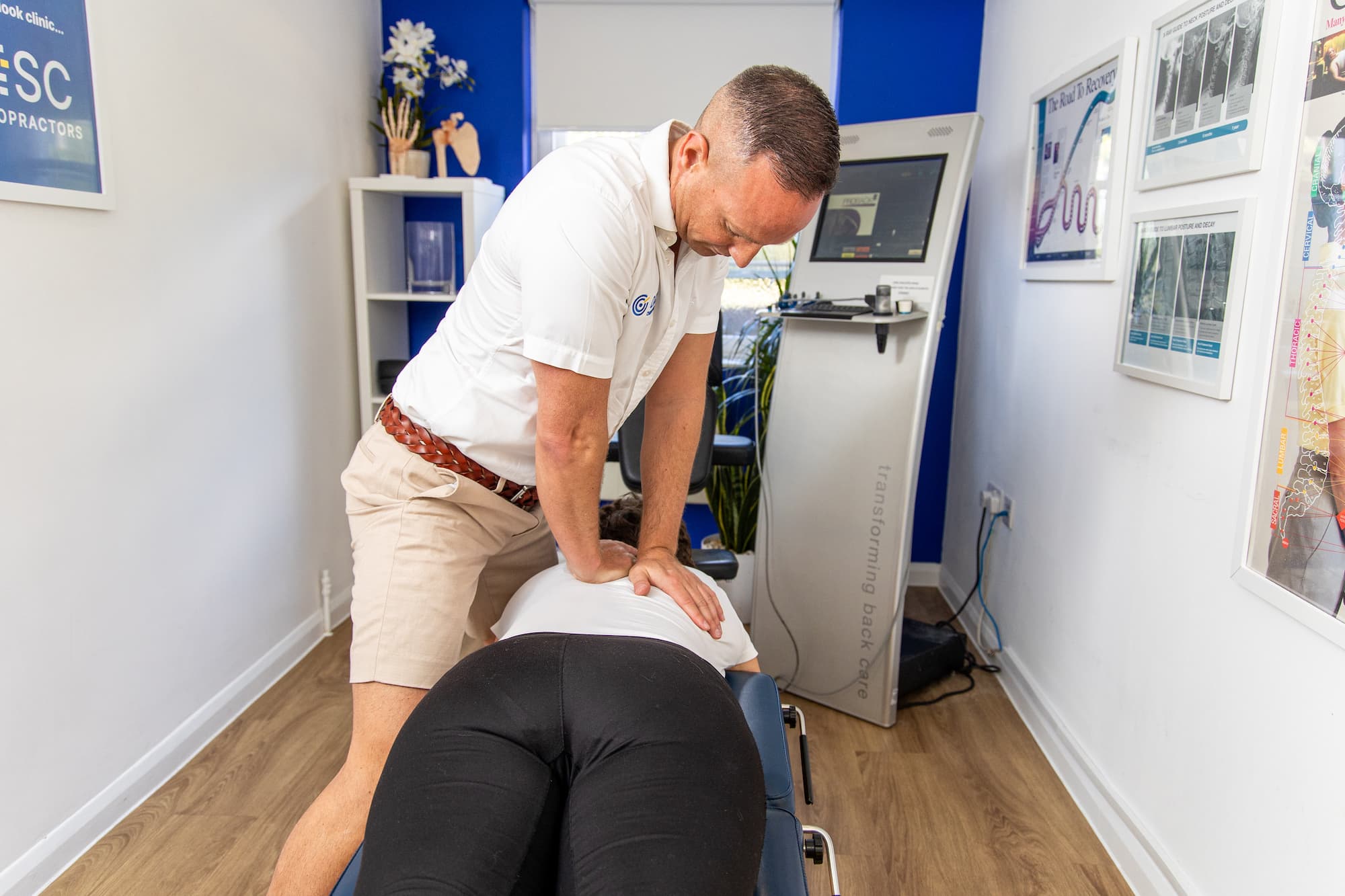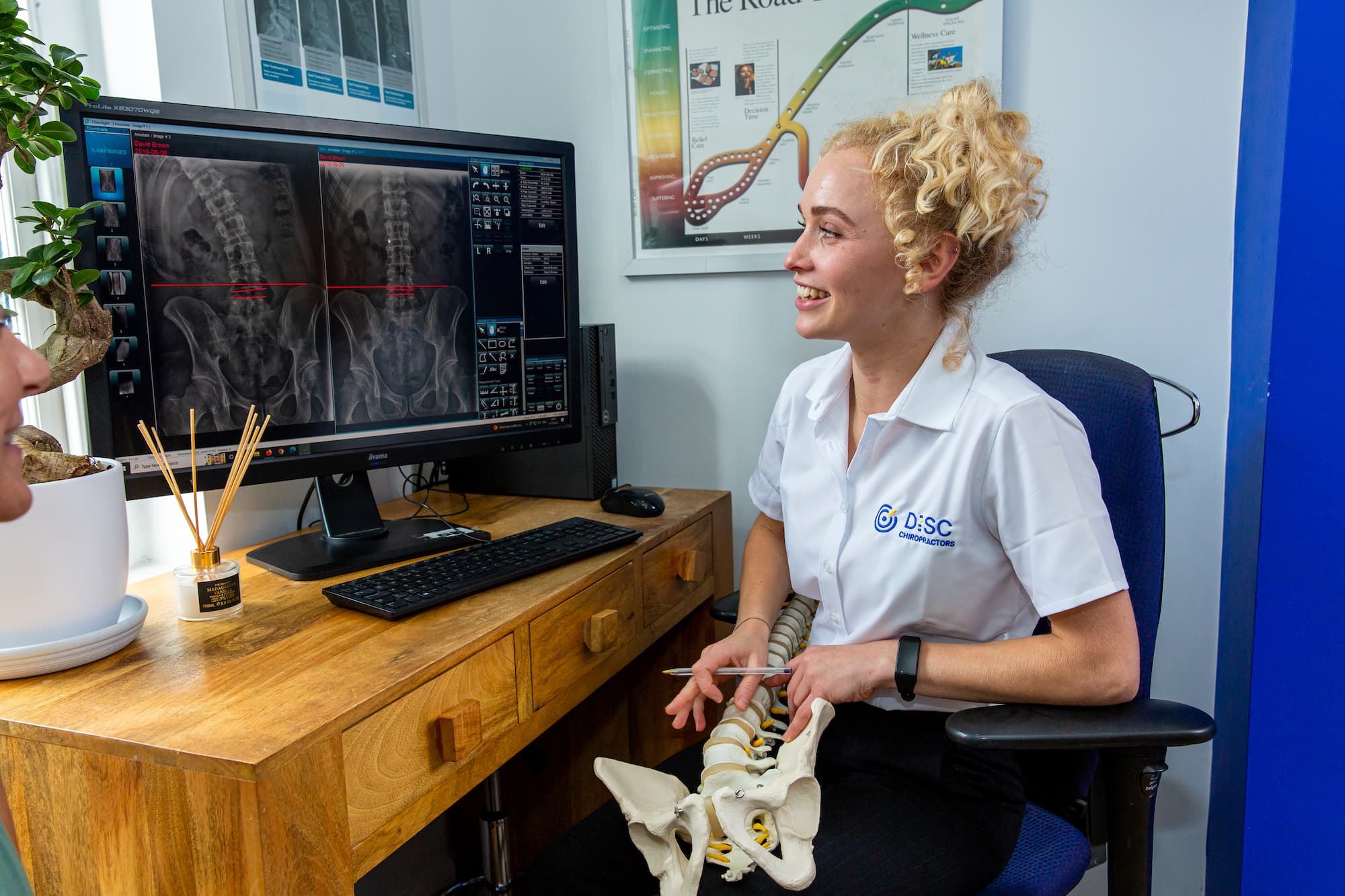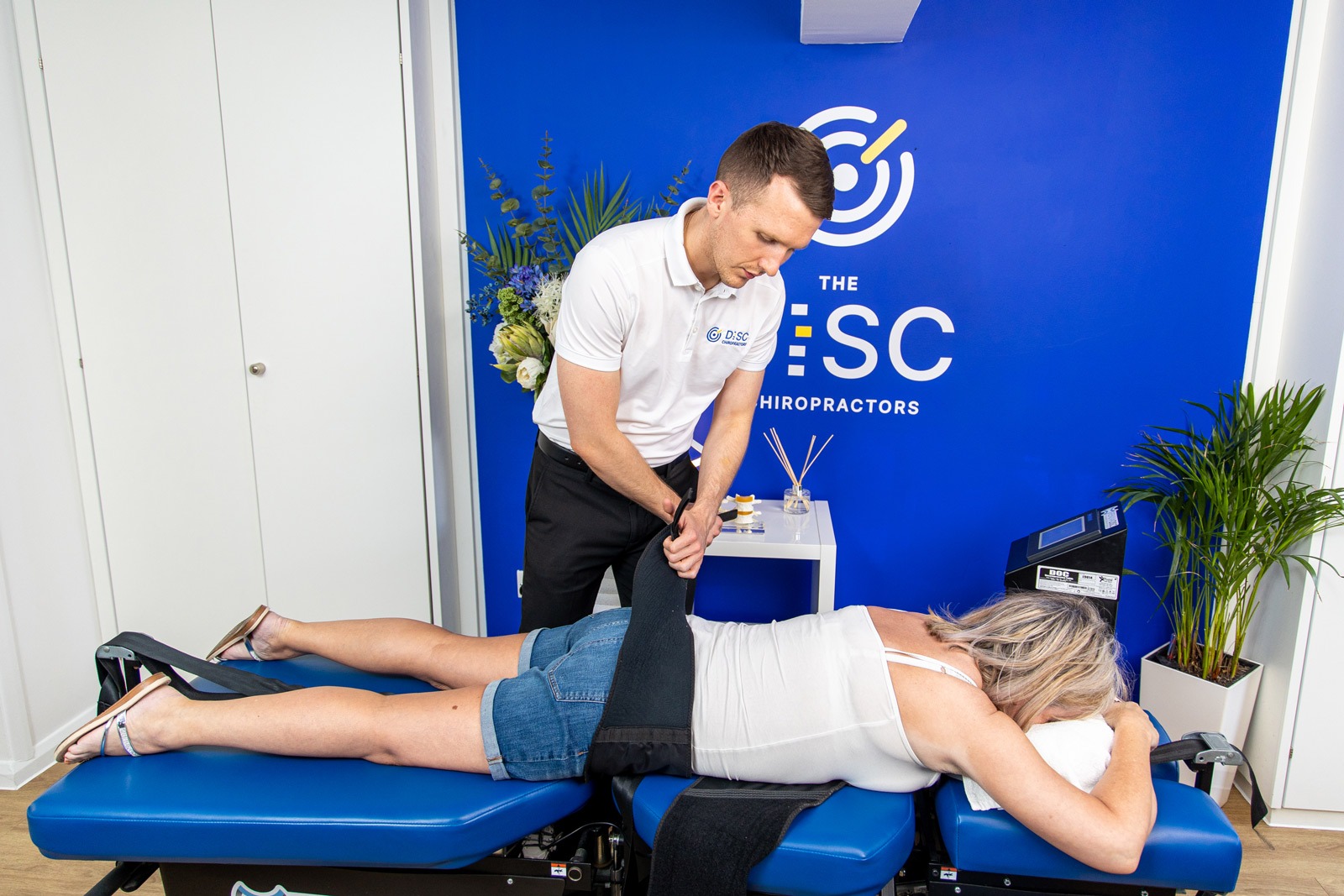EXPERT FACET SYNDROME TREATMENT IN SURBITON
WHAT IS FACET SYNDROME?
Facet Syndrome is a condition caused by damage to the small joints in the back. These joints are called facets, there are two at each level, one on each side, and they connect the vertebrae and control how much movement the spine has. Also known as Facet Dysfunction, it occurs when the facet joints become improperly loaded or overloaded; they are highly sensitive with an excellent neurological feedback system telling your brain when they’re under pressure and need to move,
Anytime you feel the need to stretch your spine then it’s likely it is the facet joints communicating this. Most uncomplicated short-term back pain is likely to be due to facet dysfunction.
However, facet syndrome refers to the more chronic or advanced cases of facet dysfunction can lead to more than just an achy back, with some cases able to refer pain either into the legs or back of the shoulders depending on the location of the injury.


what are the stages of facet pain?

Facet Dysfunction
(localised achy pain)

Facet Syndrome
(& referred achy pain)

Facet Arthrosis
(achy burning pain)


WHAT CAUSES FACET SYNDROME?
In facet syndrome, pain is caused by the facet joints rubbing against each other and the nerves that connect with them getting irritated. The condition is worsened when the cartilage that cushions the joints wears down. This all leads to pain and stiffness in the spine. therefore anything that overstrains the back is a factor in what causes facet syndrome.
The facet joints do not work in isolation though, the intervertebral disc that makes up a three-joint complex at each level of the spine can have profound effects on the facet function. Facet Syndrome is far more likely if the disc is damaged and no longer functional. Both an existing disc herniation or an old injury that has become degenerative means that the disc can no longer take its fair share of the weight, shifting the centre of gravity rearwards onto the facet joints.
Facet syndrome is more likely to occur when the spine is subjected to overloading, repetitive stress or is deconditioned by a lack of exercise or activity.
What are the common causes of facet syndrome?

Poor Posture

Lack of Movement

Stress

Muscle Imbalance

Previous Trauma

Previous Disc Damage

Repetative Strain

Sitting too much
WHAT ARE THE SYMPTOMS OF FACET SYNDROME?
The symptoms of facet syndrome are those considered to be good old-fashioned back pain. Achy and diffuse; aggravated by sitting or standing too long but improved by moving around or stretching.
What are the symptoms of lumbar facet syndrome?
Pain tends to be diffuse pain across the lower back area, but can extend into the hips, gluteal region, and upper hamstrings. Facet irritation is often found to be happier in flexion, meaning a patient stretching their spine forward or hugging their knees may find relief.
(To Be avoided in cases of Disc pain)
What are the symptoms of Cervical facet syndrome?
Pain tends to be diffuse pain across the lower neck area, but can extend into the back of the shoulders tightened trap muscles are often coconspirators. Facet irritation is often found to be happier with movement, meaning a patient stretching their neck forward or sideways is likely to feel short-term relief. Changes to posture are often neccesssary for long-term recovery.


How common is facet pain?
Research using Spinal Injections found:
39% of Lower Back Pain originated from the Discs.
15% of Lower Back Pain originated from the Facet Joints.
13% of Lower Back Pain originated from the SI Joints
The remainder were unresponsive
Schwarzer Et Al – Spine Journal


HOW DOES A CHIROPRACTOR DIAGNOSE FACET SYNDROME?
Facet syndrome is often a diagnosis of exclusion; a chiropractor’s primary goal is to rule out more sinister complaints such as trapped nerves and disc injuries. Once these more advanced conditions are cleared then the majority of cases will be determined to be based on the mechanical malfunctioning of the facet joints.
All chiropractors will treat facet dysfunction in literally every patient to some extent. The real question is in the cases where it has become facet syndrome or facet arthritis… How did the joint become so badly affected?
Things like posture and activity levels might need to be addressed alongside mobility work and adjustments in the clinic.
Of course, when we talk about back pain the vast majority of aches and pains that people experience are short-lived and never make it to the point of requiring outside help from a clinician. Making facet pain both the most common type of pain and the least likely to need additional help.
HOW DO YOU FIX FACET SYNDROME?
Traditional Chiropractic techniques have a wealth of research and a rich history of success in treating facet dysfunction, and once potential disc injuries have been ruled out here at The DISC Chiropractors some of our traditional standard treatment programs are ideally placed to help with facet injuries.
The key to long-term improvement is restoring normal function. Bending, twisting, or lifting-especially early in the day or after prolonged sitting-can injure the spine. Lengthy sitting (e.g., computer work and commuting), prolonged standing, or slow walking (e.g., shopping) can all produce postural changes which stress the back. A major part of treating back pain is found in correcting a patient’s poor habits as much as it is correcting their dysfunctions.

Contact Us
If you would like to find out what we could do to help your Facet Syndrome, please click the icon below to book a thorough consultation to evaluate your case.
